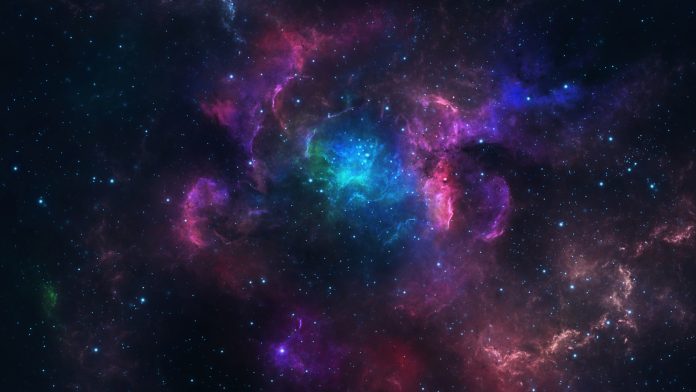SNAD researchers have identified 11 previously undetected space anomalies using an Artificial Intelligence (AI) method.
The team examined digital images of the Northern sky obtained using a k-D tree in 2018 to detect space anomalies through the “nearest neighbour” method. The research then utilised machine learning algorithms to automate the research.
The study is published in New Astronomy.
Surveying the sky with AI
Astronomical discoveries have increased drastically in recent years due to large-scale astronomical surveys. The Zwicky Transient Facility, for example, employs a wide-field view camera to survey the Northern sky, generating ∼1.4 TB of data each night of observation with its catalogue containing billions of objects.
However, processing such colossal quantities of data manually is extremely expensive and time-consuming. To overcome this, the SNAD team, consisting of researchers from Russia, France, and the US, collaborated to devise an automated process.
When analysing astronomical objects, scientists observe their light curves, which demonstrate the variation of an object’s brightness as a function of time. Scientists first identify a flash of light in the sky and then follow its evolution to see if it becomes brighter, weaker, or goes out.
In their study, the researchers analysed a million real light curves from the ZTF’s 2018 catalogue and seven simulated live curve models of the types of objects being studied. They followed a total of 40 parameters, including the amplitude of an object’s brightness and timeframe.
Konstantin Malanchev, co-author of the paper and postdoc at the University of Illinois at Urbana-Champaign, commented: “‘We described the properties of our simulations using a set of characteristics expected to be observed in real astronomical bodies. In the dataset of approximately a million objects, we were looking for super-powerful supernovae, Type Ia supernovae, Type II supernovae, and tidal disruption events. We refer to such classes of objects as space anomalies. They are either very rare, with little-known properties, or appear interesting enough to merit further study.”
Subsequently, the team compared light curve data from real objects to simulations using the k-D tree algorithm – which is a geometric data structure for dividing space into smaller parts by cutting it with hyperplanes, planes, lines, or points. The algorithm was employed to narrow the search range when looking for real objects with similar properties to this in the seven simulations.
Discovering 11 new space anomalies
The researchers identified 15 nearest neighbours (real objects from the ZTF database) for each simulation – 105 matches in total, which were then visually examined for space anomalies. The manual verification process confirmed 11 space anomalies – seven were supernova candidates, and four were active galactic nuclei candidates where tidal disruption events could occur.
Maria Pruzhinskaya, a co-author of the paper and research fellow at the Sternberg Astronomical Institute, commented: “This is a very good result. In addition to the already-discovered rare objects, we were able to detect several new ones previously missed by astronomers. This means that existing search algorithms can be improved to avoid missing such objects.”
The study demonstrates that the method is highly effective and easy to apply. Moreover, the method is universal and can be used to discover any astronomical object, not just rare types of supernovae.
Matvey Kornilov, Associate Professor of the HSE University Faculty of Physics, concluded: “Astronomical and astrophysical phenomena which have not yet been discovered are, in fact, anomalies. Their observed manifestations are expected to differ from the properties of known objects. In the future, we will try using our method to discover new classes of objects.”







